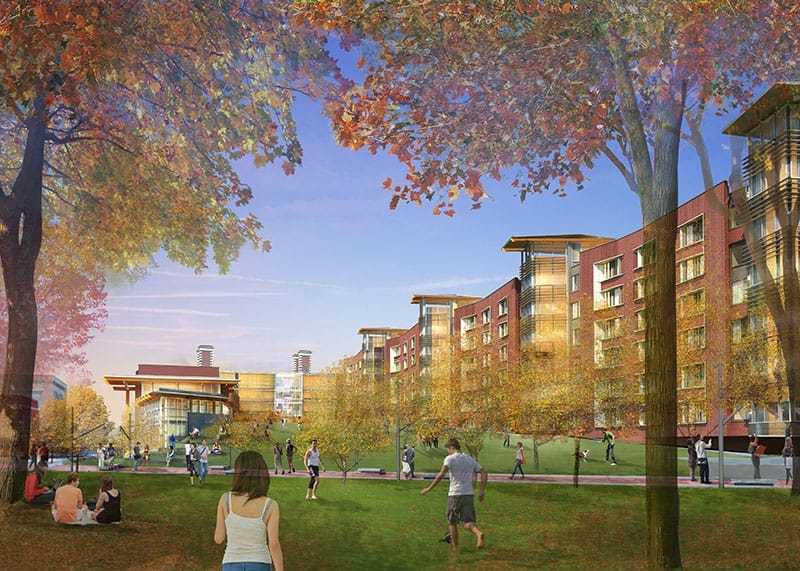Campus shootings like what we witnessed at Umpqua Community College, caused by a troubled man who demonstrated some warning signs, are becoming an all-too-common, tragic headline. And this month’s murders at Northern Arizona University and Southern Texas University remind us that the nature of a “campus” is changing.
Do the traditional paradigms of protectors and the protected still hold true?
These days, work, education and leisure have no physical boundaries, though they may be centered around offices, university grounds and home. Throughout our daily lives, we move in and out of different communities comprised of people who lead similarly complex, boundary-less lives. I might start my day at home, say good-bye to my wife and kids, jump on my bike and head to work.
Once there, I’ll meet with colleagues, customers and vendors. Toward the end of the day, I might take the metro to my night class at a local university’s downtown campus. Tired, but satisfied from a full day of activities, I’ll return home and get ready for the next day.
As I travel throughout my day, is there an easy way for my spouse to make sure I got to my office safe and sound if I didn’t shoot her a quick text message? If I knew that one of my colleagues was stressed and demonstrating signs that he becoming unstable, do I know the best way to get help? And when I got to my night class, if I saw someone hanging around that made me feel uncomfortable, would I know who to contact to check them out?
People’s safety requirements change throughout the day depending on their location, which community they are interacting with and the nature of their experience. Companies, universities and other organizations need to understand the changing nature of their relationship with their community. People want flexible, easy-to-use technologies that are built around their lives and not technologies that are solely built around the organization’s policies and procedures.
Now that we find ourselves in the shadow of these recent tragedies, how we can encourage others to “see something, say something,” and do their part to keep our communities safe? Nationally recognized police departments like the one at West Virginia University train extensively on how to deal with an unfolding active shooter on campus, but they also stress to the community they serve that they share responsibility in preventing tragedies before they occur. Safety and crime prevention are not just the responsibility of safety officials and law enforcement.
Active shooters certainly focus our attention on engaging our communities on safety, but everyday safety concerns should do the same. Connecting people who need help with those who want to help should be the goal.
To that end, we should flip the equation to ask how individuals can take more responsibility within our communities by making it easier for them to participate in our collective safety—with safety services they expect in the ways that are relevant to their lives.
Editor’s note: Eren Koont, vice president of marketing at LiveSafeMobile.com, co-authored this piece.


























